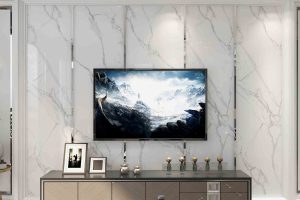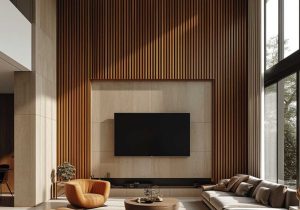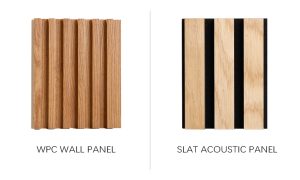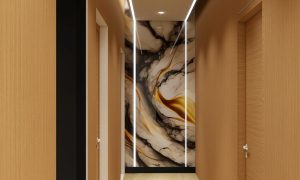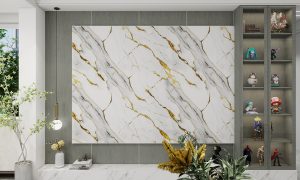Both LVT (Luxury Vinyl Tile) and SPC (Stone Plastic Composite) flooring are popular choices for residential and commercial spaces due to their durability, aesthetic appeal, and ease of maintenance. Here’s a comparison to help you understand their differences and choose the right option for your needs:

Composition and Structure
- LVT Flooring:
- Wear Layer: The topmost layer provides protection against scratches and stains. It can range from 8 to 20 mils thick.
- Design Layer: A high-resolution printed image that gives the floor its appearance.
- Core Layer: Flexible PVC core providing resilience and some comfort underfoot.
- Backing Layer: Provides stability and support.
- SPC Flooring:
- Wear Layer: Similar to LVT, providing protection and durability.
- Design Layer: High-resolution printed image for aesthetics.
- Rigid Core Layer: The core made from a blend of limestone, PVC, and stabilizers, providing superior rigidity.
- Backing Layer: Often includes an attached underlayment for sound absorption and comfort.
Installation Methods
- LVT Flooring:
- Glue-Down: Applied directly to the subfloor with adhesive, suitable for areas needing extra stability.
- Floating/Click-Lock: Interlocking edges click together without adhesive, easier and faster installation, suitable for DIY.
- SPC Flooring:
- Floating/Click-Lock: Predominantly installed using click-lock systems, offering ease of installation and can be placed over various subfloors.
Comfort and Acoustics
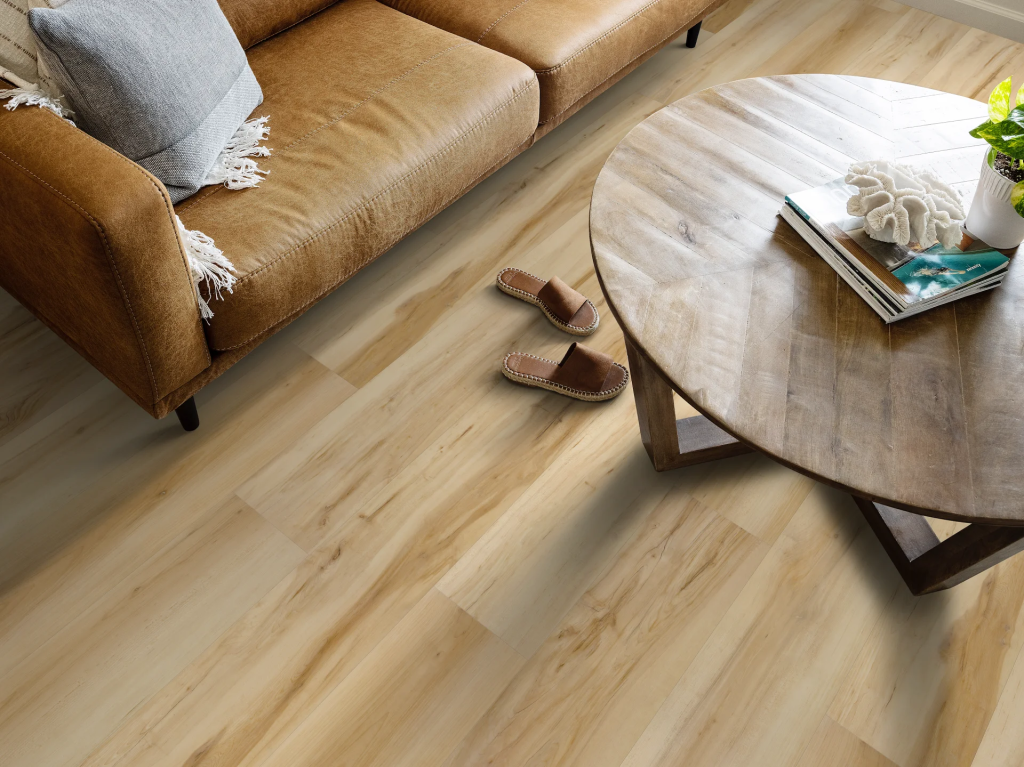
- LVT Flooring:
- Comfort: Softer and more cushioned feel, making it more comfortable to walk on for long periods.
- Acoustics: Better sound absorption, quieter underfoot.
- SPC Flooring:
- Comfort: Firmer underfoot due to the rigid core, may feel harder.
- Acoustics: Less sound absorption; can be mitigated with an underlayment.
Aesthetics
- LVT Flooring:
- Variety: Extensive range of designs, including highly realistic wood, stone, and tile looks.
- Texture: Can feature embossing that mimics natural materials more closely.
- SPC Flooring:
- Variety: Also offers a wide range of designs but may have a more consistent texture due to the rigid core.
- Texture: High-quality visuals but might not match the realism of high-end LVT.
Environmental Impact
- LVT Flooring:
- Made primarily of PVC, which is a type of plastic.
- Some products are made from recycled materials, but overall, LVT is less eco-friendly compared to natural flooring options.
- SPC Flooring:
- Contains a blend of limestone and PVC, making it more durable and longer-lasting, potentially reducing the frequency of replacements.
- Similar environmental concerns as LVT regarding the use of plastics.
Maintenance and Care
- LVT Flooring:
- Regular sweeping or vacuuming to remove debris.
- Damp mopping with a mild cleaner for more thorough cleaning.
- Avoid harsh chemicals and excessive water.
- SPC Flooring:
- Similar maintenance to LVT, with regular sweeping or vacuuming.
- Damp mopping with appropriate cleaners.
- Resistant to most common stains and easy to clean spills.
Thermal and Acoustic Insulation
- LVT Flooring:
- Provides moderate insulation due to its softer core and thickness.
- Better sound insulation properties, reducing noise levels.
- SPC Flooring:
- Superior thermal insulation due to the dense, rigid core.
- Slightly less effective in sound insulation unless paired with a sound-absorbing underlayment.
Application Scenarios
- LVT Flooring:
- Residential Use: Living rooms, bedrooms, kitchens, and bathrooms where comfort and design variety are important.
- Light Commercial Use: Offices, retail spaces, and hospitality areas with moderate traffic.
- SPC Flooring:
- Commercial Use: High-traffic areas like shopping malls, airports, and hospitals where durability and stability are crucial.
- Residential Use: Kitchens, bathrooms, basements, and areas prone to moisture and temperature changes.
Resale Value
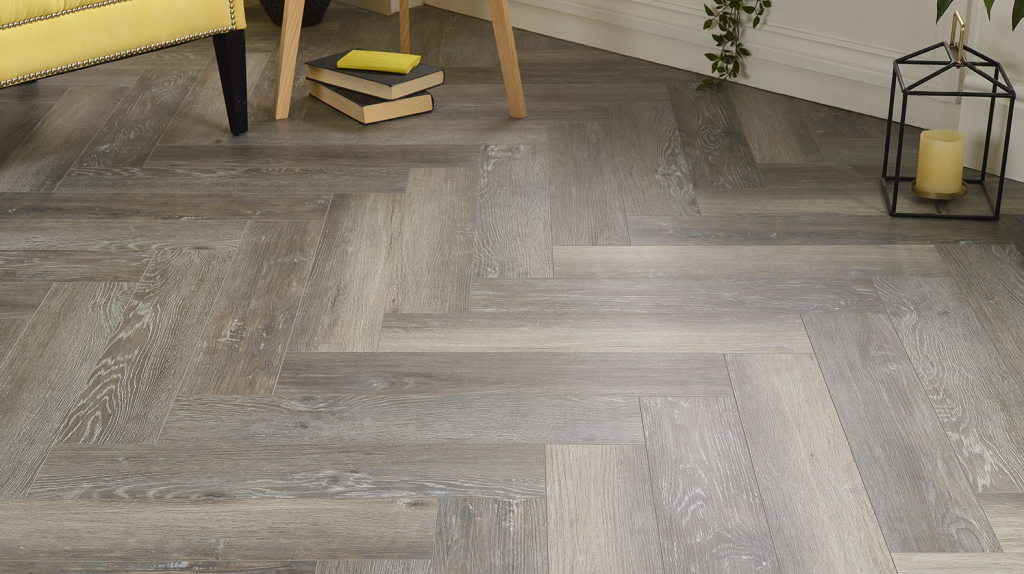
- LVT Flooring:
- Generally has a positive impact on property value due to its aesthetic appeal and comfort.
- Preferred for properties targeting a mid-range market.
- SPC Flooring:
- Higher resale value potential due to its durability and suitability for both residential and commercial applications.
- Attracts buyers looking for long-term, low-maintenance flooring solutions.
In Summary
- LVT Flooring is ideal for those prioritizing comfort, design variety, and cost-effectiveness, especially in residential settings.
- SPC Flooring is best for areas requiring high durability, stability, and resistance to environmental changes, making it suitable for both residential and commercial high-traffic areas.
Both LVT and SPC flooring have their unique advantages. If comfort and cost are your primary concerns, LVT flooring might be the better choice. However, if you need a highly durable, stable flooring solution for high-traffic areas or commercial spaces, SPC flooring would be more suitable.

